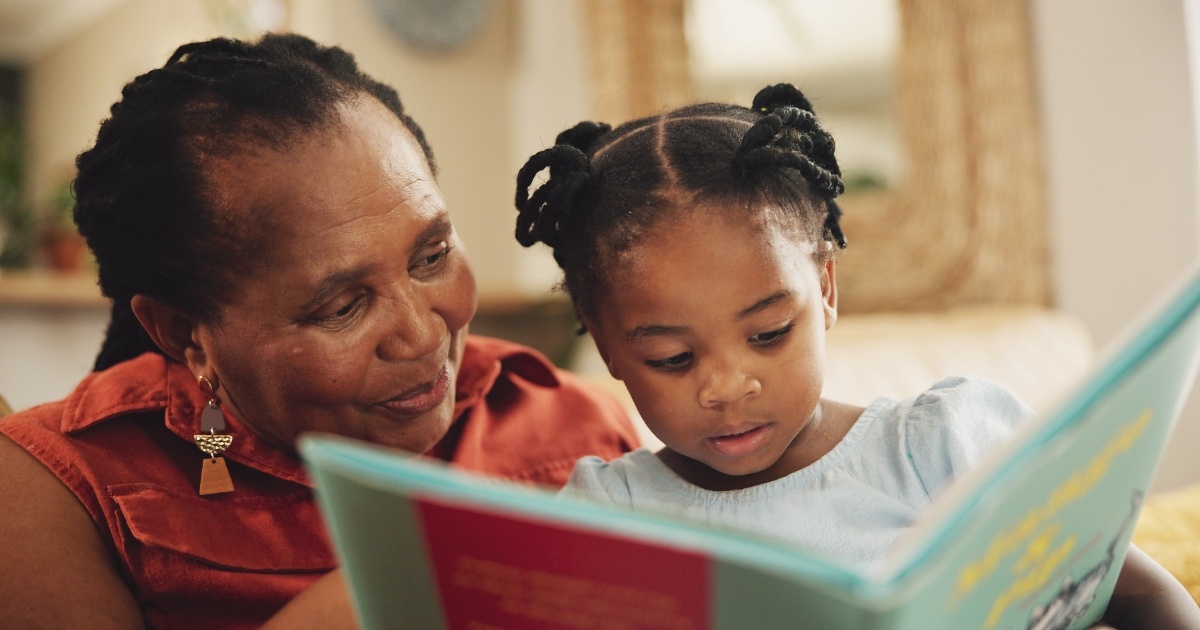
Mar 10, 2025 4:26:54 PM
March is Women’s History Month. For those of us who are history buffs and/or have the job of teaching history, these themed-month celebrations are handy for helping students learn about important people who might be totally new to them. However, as much as I love Black History Month and Women's History Month, it’s easy for the celebrations to become very formulaic.
Every month, students find “special people” and give reports on who that person was and what they accomplished. Again, all great stuff, but, in my opinion, insufficient.
The intention of studying historic people is so that students can see themselves and believe in their ability to make social change, too.
Ida B. Wells is a popular choice for both Black History Month and Women’s History Month. Most students can recite the basic details of her life, such as being an “anti-racism writer, a speaker against lynching, and a suffragette.” Those are all true descriptions of her but don’t describe who she was or what she was up against. For me, it wasn’t until I began writing about racism that I finally understood how much pressure and danger Ida B. Wells faced for speaking up against racism from white terrorists, from middle-class Black folks, and white liberal suffragettes. Understanding the totality of Ida B. Wells' legacy made me feel less alone and understand that I, too, can be brave and speak my truth to those same groups.
When we ask young people to present on women in history, it’s important to ask them to tell us how they see connections between what those women faced and the challenges our girls (and boys) face in their lives today. With that thought in mind, I asked school-age girls to talk about the women in history who inspire them and how their stories inspire their lives and work in school and beyond. Here are some of their responses:
Chicago 8-year-old.
She-ro: Harriet Tubman. “She got freedom in the North, but she didn’t stay there. She went back to help other people.”
How does Tubman’s story inspire her today? “If my friends don’t know something, or need help learning, I want to help them.”
Bay Area 7-year-old.
She-ro: Mae Jemison. “I know that I can be smart in science and like dancing, too.”
Chicago 9-year-old.
She-ro: Queen Liliuokalani. “She was a powerful woman who fought for her country when the United States wanted to take it over.”
Oak Park High School ninth-grader.
She-ro: Malala Yousafzai. “She is like me, a Muslim woman, strong and smart.” Yousafzai reminds her, “We shouldn’t take our life, safety and education for granted.”
As we continue to celebrate historic figures during Women’s History Month and Black History, let’s ensure that our young people know more than just the summary of these folks.
When our students—our children—take on Women’s History Month presentations, let’s ask them to speak about how the women they are studying connect to their experience today.
And let’s be there with them as they grow and discover new and deeper ways to identify with their joys and challenges, just as I have done with my she-roes.
ShaRhonda Knott-Dawson is the mother of two free-spirited, strong-willed girls and has a husband who should be appointed a saint for co-existing in the madness that is their life. She writes on politics, education, current events and social justice. She is also a taco enthusiast, a proud member of the Bey-hive, and truly believes that she will be receiving her letter from Hogwarts any day now.
Few issues in education spark more tension and debate than standardized testing. Are they a tool for equity or a burden on students? A necessary check on school systems or a flawed measure of...
Charter schools are public schools with a purpose. Operating independently from traditional school districts, they're tuition-free, open to all students, and publicly funded—but with more flexibility...
Despite the benefits of a diverse teaching force, prospective teachers of color fall out of our leaky preparation pipeline at every stage: preparation, hiring, induction, and retention. Here’s what...
Ed Post is the flagship website platform of brightbeam, a 501(c3) network of education activists and influencers demanding a better education and a brighter future for every child.
© 2020-2025 brightbeam. All rights reserved.
Leave a Comment